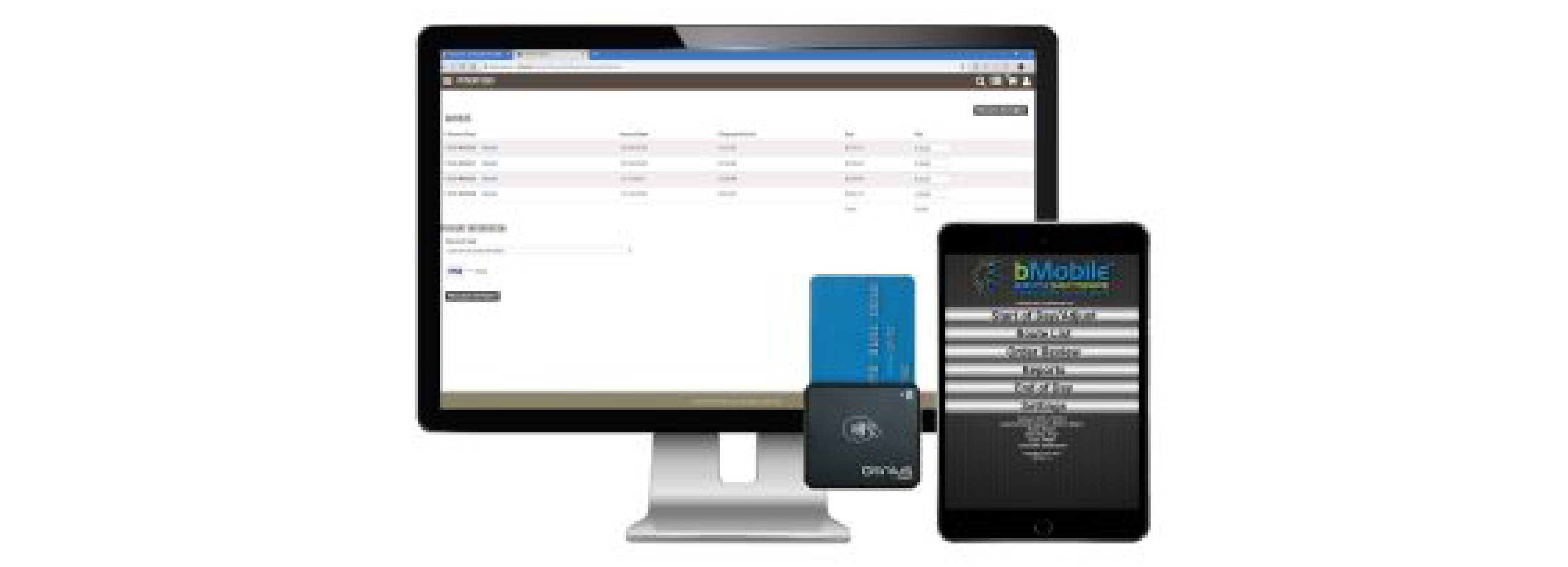Pros and Cons of Electronic Payments
Electronic payments have become widely accepted these days, given their convenience- make payment on the go from wherever you are. One can notice that businesses encourage electronic payment modes since they are swifter and hassle-free. However, it is equally essential for businesses to evaluate if electronic payments are right for their business, viz., the commission charged by banks for each payment, charges to facilitate payment, etc.

Here is what we see as the pros and cons to electronic payments as a whole:
Pros:
- Pay faster
- Decrease vulnerability of theft
- Decrease cost of counting money, counting again, and then depositing in bank
- Convenience
- Customers have the ability to rack up reward points
- Pay online
Cons:
- Processing fees
- Reconciliation of different card types
- Application of payments to A/R
- Keeping up with PCI compliance
- Taking payment over the phone
- On boarding a card for future use
- Cost of hardware to take physical cards
bMobile’s response to customers doing high amounts of transactions with DSD delivery is to eliminate the cons.
Let’s take a look at each con one-by-one.
Processing fees – bMobile has developed a system that limits fees by offering the best rates for Credit Card Transactions as well as offering the ability to accept ACH payments, which come at a flat fee per transaction. To make it even better, we are also offering the ability to assess a convenience fee using a flat rate or a % to recoup the cost reasonably.
Reconciliation - By tracking the payment types for reporting purposes, we offer data in our reports to quickly look at payments by dates to help cut down the statement reconciliation process along with ACH and Credit Cards. This gives the processor memo information for quick reference of who made a payment and why.
Application of payments in A/R - bMobile has given admins, drivers and customers the ability to select what they are paying for with full application in the A/R system.
Keeping up with PCI Compliance – bMobile teamed up with our preferred processors and now uses the latest hardware and software applications to keep you 100% PCI Compliant.
Taking payments over the phone – Now, payments can be taken in whatever way is the most useful for you and your customer, whether it be by phone, web or in the field with your delivery driver.
On boarding a card for future use – This can be done by someone over the phone (long way), by the customer using the web payment portal, or by the driver with a Bluetooth device chip reader. All three can on board, replace a card on file or use a card for an on-time charge.
Cost of hardware to take a physical card – The only hardware you will need is for the driver - office personnel will use the bMobile Desktop and customers will use the web portal. If cards need on boarding, or need to be charged one time, or you would like to offer Apple Pay and Google Pay, your driver would need to have a Mini Genius at a cost of $60 per unit. If your drivers do not need to on board or take cards for one-time charges, they will not need a Mini Genius Device and can charge a card on file. They will need an Android device with a data connection to do this instead.
bMobile can help start your experience with electronic payments. If you are interested in integrating electronic payments into your business, don't hesitate to Contact Us!
Call: +1(888) 900-5667
Email: info@bmobileroute.com
Recent Blog Posts
Inventory management is an essential aspect of any business that deals with physical products. Efficient inventory management can help a company reduce costs, improve customer satisfaction, and increase profits.
Warehouse management refers to the processes and systems involved in managing a warehouse's operations, including receiving and storing goods,
December is challenging for organizations—not to achieve peak productivity levels but to maintain the least status quo in productivity. The reason is the flurry of activities that are taking place this month.
Warehouse management and inventory management have a significant impact on companies' profits, as well as on their smooth, efficient and proper operation.
The bread and bakery industry has been experiencing steady growth due to the rise in
Companies within the food and beverage distribution industry face stiff competition. These companies strive